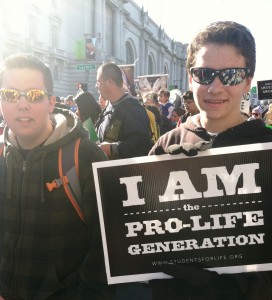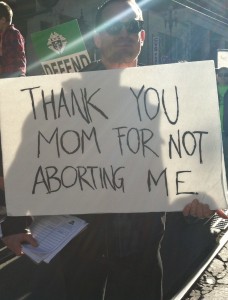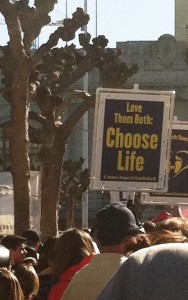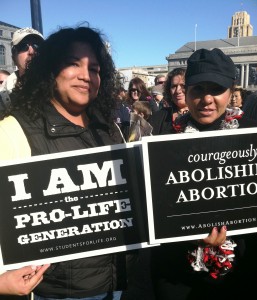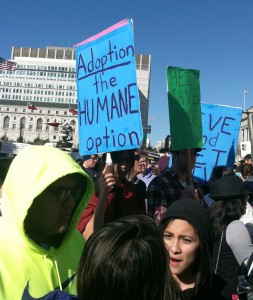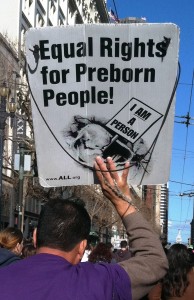
In my last post, I discussed the way Peter Jackson’s films have misunderstood J.R.R. Tolkien’s works by including more roles for women in The Hobbit and The Lord of the Rings. I pointed out that Tolkien had already included significant role models for women, and that Tolkien’s work had to be understood in the context of a man’s story representing gender in a masculine way. To complement Tolkien would require a story from a woman’s perspective, not the creation of roles for women, placing them haphazardly into the scene, not exactly fitting right with the narrative. I would like to continue this conversation by examining one of the central themes found in all of Tolkien’s stories and how they represent Tolkien and his own life experiences. This theme is romantic love – but not just romantic love, but heroic love, the struggle that a man might have to go through for his beloved. Women have their own version of this, which one can find in other works of literature, and their version needs to be read and studied on their own, as a way to complement Tolkien’s insight. But Tolkien’s work is a masculine voice and what it can offer about masculine romantic, heroic love is compromised by Jackson.
J.R.R. Tolkien had, for himself, a great, romantic affair, filled with the struggles one associates with heroic love, and it served as the foundation for the great love story found within Middle Earth (the tale of Beren and Lúthien). After Tolkien’s mother had died, the priest and family friend, Fr. Francis Morgan, was given custody over Tolkien and his brother, Hilary. When a young Tolkien met Edith Bratt, they quickly fell in love. Tolkien’s love for Edith was seen to get the best of him, and Fr. Morgan forbade Tolkien from seeing or contacting Edith until Tolkien turned 21. Fr. Morgan wanted Tolkien to focus on his studies; he was also concerned because Edith was an Anglican. Tolkien reluctantly obeyed.
As soon as Tolkien turned 21, Tolkien wrote Edith, only to get a letter telling him that she was engaged and had thought Tolkien had forgotten her. A week later, Tolkien went to visit her, and convinced her to reject the man she was engaged to and to marry him instead (with the requirement that she became Catholic, which she did). It is clear, when one reads what happened over the following years, that their love remained through various struggles, some which hurt both them and their family (one struggle seems to have been a religious one, which later worked itself out). These hardships reminded Tolkien that even with true love, the struggle for that love would always be there, to test it and purify it until the end. The fun they had before being forbidden to see each other, as well as the wait and struggle Tolkien had to go through in order to be married, and the heartaches they felt after, can be seen throughout Tolkien’s works, but none better than in the tale of Beren and Lúthien (an identification Tolkien made early on, calling Edith his Lúthien, even on her tombstone).
The story of Beren and Lúthien is one of the greatest stories of Tolkien. It was one of the first he started to write, working on it throughout his whole life. It’s a wonderful, detailed story but a short synopsis must suffice here. It was a story of the First Age of Middle Earth. The hero, Beren, saw and fell in love with the Elven princess, Lúthien. He was the last survivor of a group of men who had withstood the onslaught of Morgoth, the Dark Lord (who, as Sauron’s master, was far more deadly and evil). Lúthien was the fairest of the elves, and loved by her father, King Thingol. When Thingol heard of Beren and Lúthien’s love, he was set against it. He said he would only give his daughter to Beren if Beren did an impossible task: bring one of the three Great Silmarils which Morgoth had stolen from the Elves and give it to Thingol. Beren said he would do just that, and that the next time Thingol saw him, he would have a Silmaril in hand.
The tale is one filled with great heroic deeds, of great love and great woe. Beren would prove one of the greatest men in history but he would die soon after completing his task. Lúthien, in sorrow, died from her grief. Being an Elf, and Beren a human, she feared their destinies would keep them apart, but because of her great story and the depth of love and grief in her heart, Mandos, the keeper of the Elven dead, gave to her the desire of her heart: both Beren and Lúthien were given another life together, both as mortals, to enjoy the glory of their love.
Beren and Lúthien became the great tale of love, told by the Elves themselves. The story of Aragorn and Arwen, as told in Appendix A of the The Lord of the Rings, is a secondary version of Beren and Lúthien. Aragorn was a great man, and Arwen, the daughter of Elrond, was like Lúthien reborn. She was the Evenstar, the most beautiful of her generation. They first met when Aragorn was twenty, when Aragorn fell in love with her, similar to how Beren fell in love with Lúthien. Elrond, her father, had taken Aragorn in and loved him, but when Elrond saw what was in Aragorn’s heart, Elrond warned him that Arwen was of a nobler lineage with a destiny among the Elves. Elrond foresaw dark times and counseled Aragorn not to be concerned with things which he could not have, including a wife. Aragorn struggled with this advice, but kept himself from Arwen.
It would be thirty years before Arwen and Aragom meet again and Arwen finds her love for Aragorn. Then, they would pledge themselves for each other. Elrond, when he heard of this, said though he loved Aragorn as a son, he would not allow the marriage and the doom it brought unless Aragorn proved himself by becoming King. This task represented, like in the tale of Beren and Lúthien, the difficulty and sacrifice one must go through for love. As with Lúthien, Arwen would have to face mortal existence and suffer the fate of men, for her love. Jackson’s version of Aragorn and Arwen lost this grandeur, the sacrifice and the nobility of the love itself, when he compromised Tolkien’s concept in order to create a bigger role for Arwen.
In these tales, Tolkien tells the story of how men struggle for love, and how that struggle is shared by their beloved (as well as with many others). Tolkien wrote a happy ending to the two great tales – though, both touched with bitterness – showing the great beatitude of love and how it gives men a sense of value through their struggles for love’s sake. This is how a man can understand love, for it is a man’s way of understanding through his own accomplishments, even accomplishments for love. In the end, if love wins, it is an eschatological joy, which must be earned and not just given for it to be of value. This is also how one can understand another love story in Tolkien’s works, the love of the Ents with the Entwives. The two have become separated; Tolkien himself is not sure if any Entwives still exist in the world. The Ents, in their desire for their Wives, represent their hope for their reunion, a kind of eschatological hope in and of itself:
Ent:
When Winter comes, the winter wild that hill and wood shall slay;
When trees shall fall and starless night devour the sunless day;
When wind is in the deadly East, then in the bitter rain
I’ll look for thee, and call to thee; I’ll come to thee again!
Entwife:
When Winter comes, and singing ends; when darkness falls at last;
When broken is the barren bough, and light and labour past;
I’ll look for thee, and wait for thee, until we meet again:
Together we will take the road beneath the bitter rain!
Both:
Together we will take the road that leads into the West,
And far away will find a land where both our hearts may rest.
Together the two will find rest – the rest found in love, the rest Tolkien represents can only be had at the end of a vast struggle for love. Without it, without such testing, the love is weak and incomplete and lacks value to the masculine sensibility. Love’s labor – it is not lost; the hope for love, in the middle of the struggle, is an eschatological hope which keeps the lovers united even when apart.
Tolkien himself would feel the full blunt of this when his love, Edith, died. He would have to wait, like the Ents, for the reuniting with his love. And yet, it is clear, his hope was that the two of them would be together, in heavenly union, for all eternity, bonded by love. Buried with a tombstone naming them Beren and Lúthien, they now lie together, awaiting the final resurrection, where they too can be in the land where their hearts may find eternal rest




